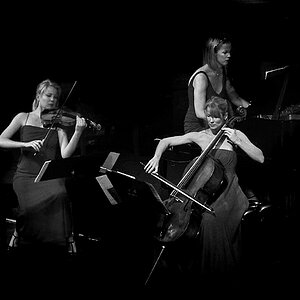Battou
TPF junkie!
- Joined
- May 10, 2007
- Messages
- 8,047
- Reaction score
- 66
- Location
- Slapamonkey, New York
- Website
- www.photo-lucidity.com
- Can others edit my Photos
- Photos NOT OK to edit
Very true; rule of thumb, if it's made of glass, don't buy cheap.
And what are you basing this on; if the OP has in fact bought a $10 'No-name' UV filter through eBay, I'd agree, but I've done some fairly extensive testing on the B+W filters I use (UVs among them) and have yet to detect any noticable degradation of the image at normal conditions.
Personal experience with UV filters including but not limited to Hoya (as was later explained to be the filter used) as well a lot of reading on the subject of UV filters. UV filters are not just a disposable peice of glass everyone makes them out to be, they are a filter and they do effect the light as it travels throught the glass, this effect most noticable when one is not used when it should be. Also I have seen a lot of disscussions where filters and AF don't seem to cooperate as they should. Knowing the insight you routenly provide I assume all your tests where done using manual focus correct?
The UV filter I was using was from HOYA. I think HOYA is an alright brand, and I read good reviews from them, nothing fancy though. Any brand suggestions?
I don't use UV filters, even when necessary. I stopped using them all together when I kept forgetting to take them off. I've tried a bunch and Hoya was not bad at all, but I manual focus so, I can't say I have real insight to help you with.



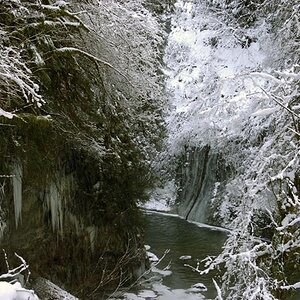
![[No title]](/data/xfmg/thumbnail/31/31752-fcbc5aa4a94154b9c273592aa37b8b1e.jpg?1619734991)
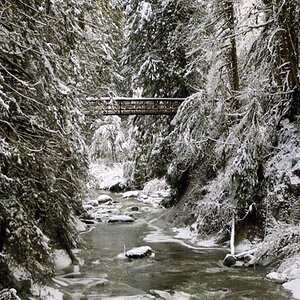
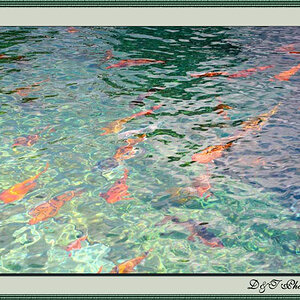
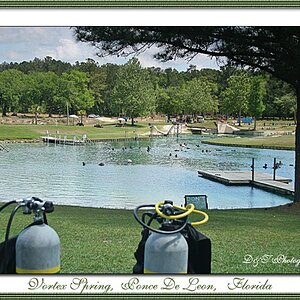
![[No title]](/data/xfmg/thumbnail/37/37491-9a5a4b87cc7adab94e5cc59f2da93701.jpg?1619738112)
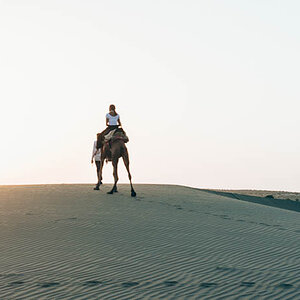
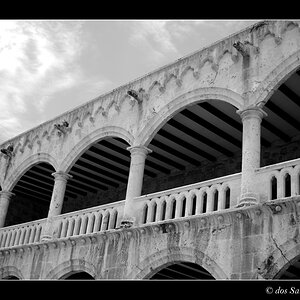
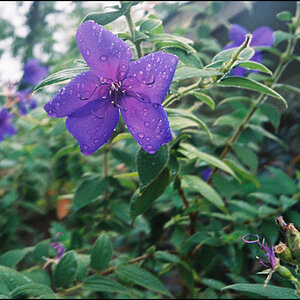
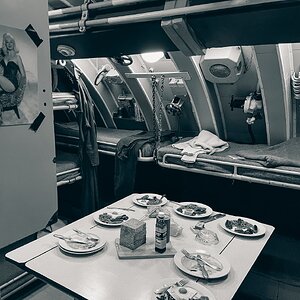
![[No title]](/data/xfmg/thumbnail/37/37492-bafc92488a1ab17e4ca6603ee5b38376.jpg?1619738112)
